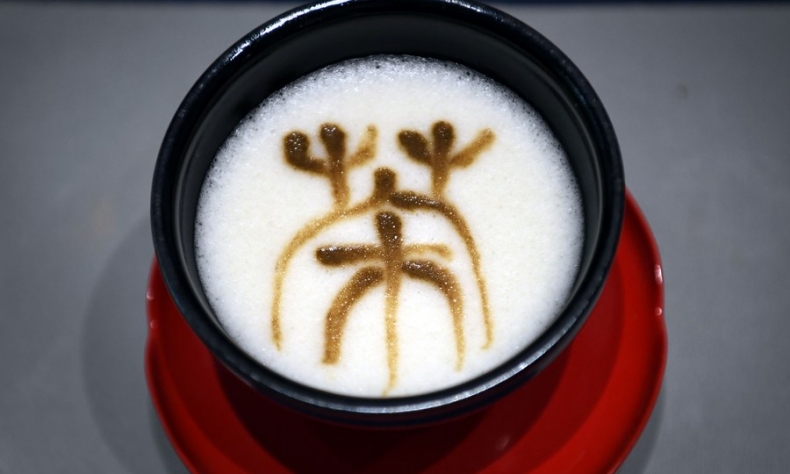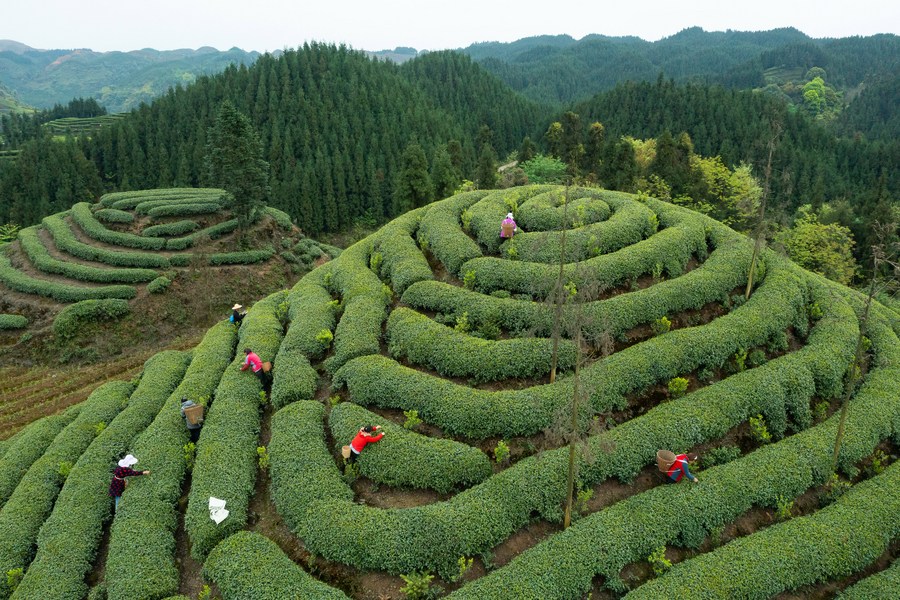The Importance of Tea Historically and Today

Tea is both delicious and healthy. There are many ways you can taste tea and experience tea culture in China.
Recently, there was a tea festival at One Nimman, an outdoor mall in Chiang Mai, Thailand. The plaza was packed with tea vendors selling their goods and folks enjoying samples. I tried some matcha tea. It was rich and smooth.
Tea is one of the world’s great social drinks. But it hasn’t always been this way. When the “bitter vegetable” was first discovered growing naturally as a tree in southwestern China, the flavor was not enjoyable. It was very useful as a medicine and a stimulant.
Legend has it that Shennong, the great farmer and sovereign, discovered tea around 2700 B.C. As the story goes, he was at the time trying all kinds of herbs to distinguish between those edible and toxic and became extremely sick. However, when the tea leaf fell into his grasp, he chewed on it, and he was cured. Thus, Shennong discovered tea’s incredible health benefits.
At first, tea leaves were chewed. When they were first boiled in water, they were combined with herbs, juices, fruits, and vegetables to make a product more akin to soup for medicinal purposes.
During the Tang dynasty, advances were made in the processing of tea. The leaves were steamed, oxidized, and pounded into cake form, as with Pu’er tea. This made tea easier to transport and more pleasing to the tongue. The emperor and nobility began enjoying tea. With the construction of the Grand Canal from Beijing to Hangzhou, tea could be more easily transported from the fertile hills of Jiangsu and Zhejiang to the capital.
Sichuan and Yunnan continued to produce tea – as they do to this day. Their position on the border with India and Myanmar made them ideal for the production of export tea. Tea was laden in bundles, sometimes weighing heavier than the porters themselves, on the backs of men and horses and carried along the Chama Gudao, the Tea Horse Road.

One of the most famous routes of the road starts in Pu’er and leads through Dali, forking in one direction towards Dhaka, the capital of Bangladesh, and in another towards Tibet, running through Qamdo to Lhasa and then down to Bangladesh. Along that route today, you can see the ancient paths once used and pagodas, houses, piers, and gates.
With the taste of tea having been refined, tea, like wine, was often enjoyed at banquets and ceremonies. It became a social drink. There is even a phrase to describe “wine being replaced by tea” for people who could not hold their drink, demonstrating its significance across social occasions.
Now tea is both delicious and healthy. Rich in vitamins and antioxidants, tea can fight off infection, decrease the risk of diseases, even cut the risk of cancer, and improve health overall. Harvard’s School of Public Health has written, “Epigallocatechin-3-gallate (EGCG) in green tea has been shown in animal and cell studies to prevent the growth of cancer cells and cause them to die. Green and black tea extracts have been shown in animal studies to reduce the risk or delay the progression of cancer.”
There are many ways you can taste tea and experience tea culture in China. You can visit a tea plantation in Hangzhou or elsewhere, admire the beautiful views of the terraced farmland carved into the hills, learn how tea is grown and harvested, and try some of the finest teas for yourself. You can sit inside a traditional tea house and take in the classical ambiance as you sip tea. You can even drink iced tea mixed with whisky at a club or bar.
Now if you will excuse me, I will be off to brew myself a cup.
 Facebook
Facebook
 Twitter
Twitter
 Linkedin
Linkedin
 Google +
Google +










